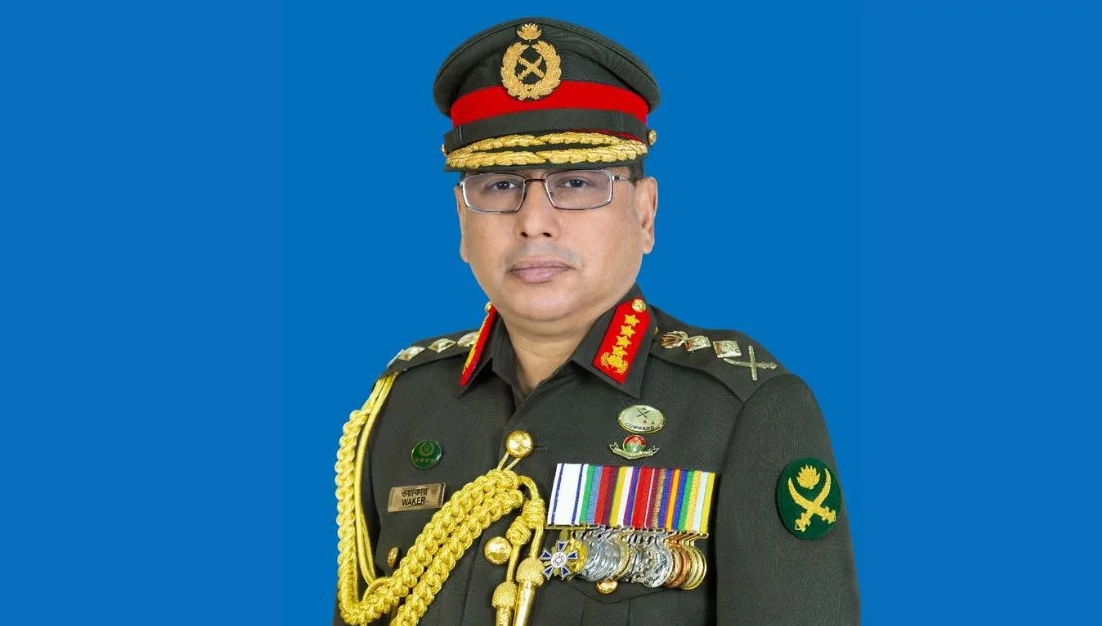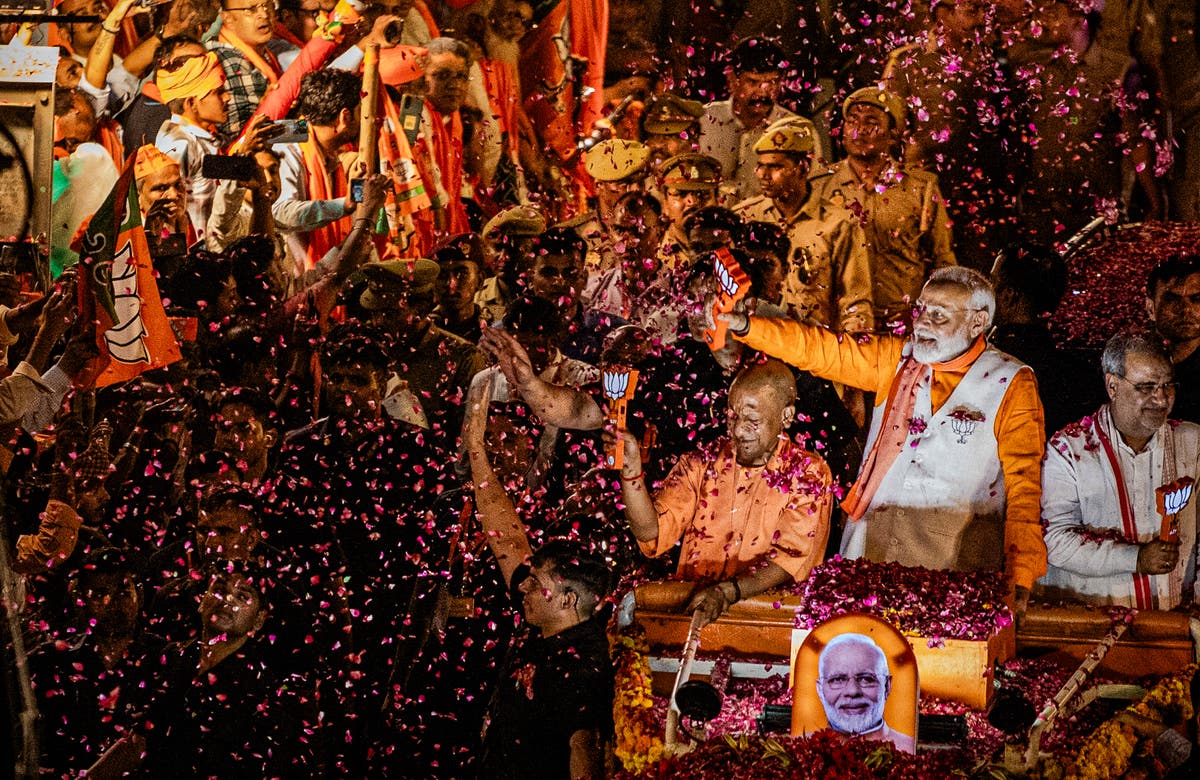Pieces of the Asian dream
The HinduThis has so far been the year of the India-China reset. From the informal Narendra Modi-Xi Jinping summit at Wuhan on April 27-28 to Prime Minister Modi’s keynote speech at the Shangri-La Dialogue in Singapore on June 1, to the Shanghai Cooperation Organisation Summit in June 9 at the Chinese port city of Qingdao, all have sparked a lot of analysis as to what kind of strategic positioning India is gearing itself into at a time when the U.S. and China are caught up in geopolitical rivalry in the Asia-Pacific. In Singapore, Mr. Modi’s speech proclaimed India’s ambitions to garner influence in the Indo-Pacific region by increasing engagement with the Association of Southeast Asian Nations, developing friendship with China, maintaining cordial ties with Russia, pursuing interests with Australia and engaging more with the U.S. Although India enjoys cordial relationship with all ASEAN nations, it is unlikely that diplomatic hobnobbing alone will help garner the grouping’s support for its Indo-Pacific strategy against China’s raw cash power and growing military presence. Since India can’t match China’s resource spending, strategic understanding with China can help streamline regional connectivity projects and help India gain influence in the region.
History of this topic

The red flag as China’s expansionist strategy rolls on
The Hindu
Why China wants control over a vital Indian resource
India Today
Grand Strategy | A new chapter for India’s regional strategic policy
Hindustan Times
Xi’s moment to work outlasting peace with India
Hindustan Times
Roshan Kishore picks his favourite read of 2024
Hindustan TimesAn India-China reset needs bold and new thinking
The Hindu)
Is Global Times' India swipe a sign of China's unease in South Asia?
Firstpost
India will benefit from cooperation not by turning away from its neighbor: China Daily editorial
China Daily)
How maritime trade has become a tool of diplomacy and deterrence
Firstpost
India has seen limited success so far in capturing China Plus One strategy: NITI Aayog Report
Live Mint)
India-China: Tactical détente, strategic differences
Firstpost)
Head-on | Why a rising India worries both the West and China
Firstpost
Time to reset the Indo-Pacific Oceans Initiative
Hindustan Times)
‘One India’ for ‘One China’: Delhi needs sound strategy to contend with Dragon’s design
Firstpost
China’s perception about India’s power aspirations
New Indian Express
India's cautious optimism on China's Galwan withdrawal hinges on the implementation of the agreement
Live Mint
India's Strategic Labyrinth: Navigating the Grey Zone with China
Hindustan Times)
Transforming Ties: India's Evolving Foreign Policy Towards China and Other Neighbours
Firstpost
Himalayan Thaw Sends Shockwaves Across the World: A Multipolar Showdown
India Today)
Thaw in Sino-Indian Relations: A Gradual Approach to Normalization
Firstpost
India's Strategic Partnership with China: A Path to Stability and Prosperity
New Indian Express
Hurdles in India’s efforts to drive world diplomacy
Hindustan Times)
India’s China challenge: The stakes are higher than ever before
Firstpost
Neighbourhood tests India-U.S. ties
The Hindu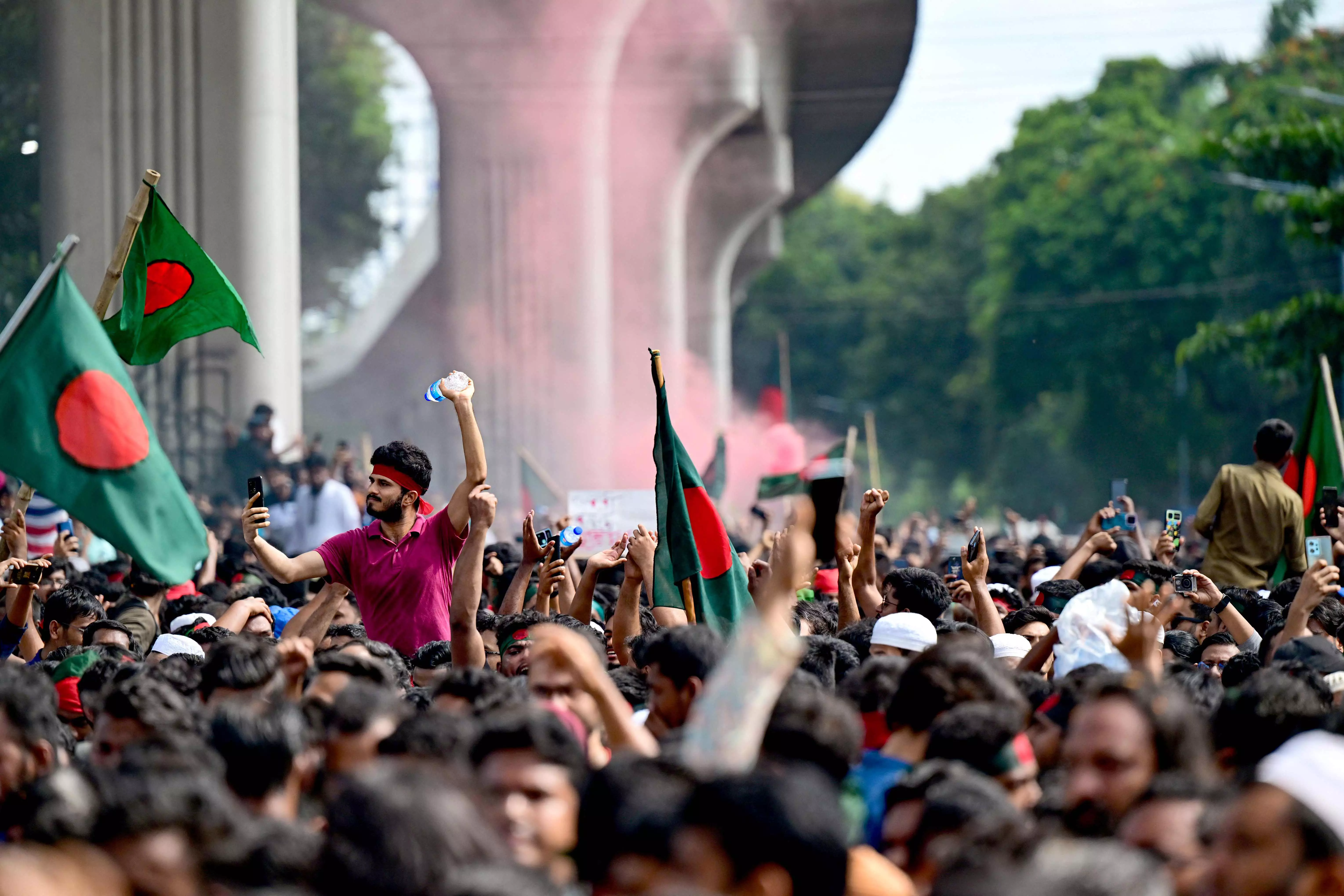
Bangladesh's Shift Towards China and Pakistan: New Challenges for India
Deccan Chronicle)
Why India needs to balance security concerns with neighbours’ sovereign considerations
Firstpost)
Why India can’t afford not to engage with junta in Myanmar
FirstpostThe View From India newsletter: Is all well in Indo-U.S. partnership?
The Hindu
A new push in the Bay of Bengal
The Hindu
Malaysia: A fulcrum for a new improved ASEAN-India-China strategic relationship?
Hindustan Times)
A risky bet: Should India go ahead with the Teesta project with Bangladesh?
FirstpostU.S.-India ties based on common vision and values: U.S. Defence Secretary Lloyd Austin
The Hindu
India’s transformation critical to strengthening multipolarity in Asia: Jaishankar
Hindustan Times
Enhancing India’s soft power through the prism of Buddhism
Hindustan Times
India’s nuanced approach in the South China Sea
The Hindu
Comparing Chinese and Indian Energy Security Strategies in Central Asia
The Diplomat
The Indo-Pacific: What’s in a Name?
The Diplomat
Will the India-China rivalry ever end
Hindustan Times
All eyes are now on the Indian Ocean region
The Hindu)
Rise of China, unsettled borders will be most formidable challenge for India: CDS Gen Chauhan
Firstpost
A Delhi-Tokyo-Seoul trilateral in the making
Hindustan Times)
India and the Greater Indo-Pacific: Balancing geopolitical equations
Firstpost)
Beyond the Lines | India’s naval diplomacy: Building trust in the oceans
Firstpost)
India-Japan-South Korea trilateral: Time to chart new paths in the Indo-Pacific
Firstpost
India standing up to a bully in a very determined fashion: Defence Secretary on China
The Hindu
Staking Maldives, Looking Lakshadweep: Why India Needs the Neighbourhood
Deccan ChronicleIndia begins to flex its naval power as competition with China grows
Associated Press
Delhi-Paris tango offers a third way of diplomacy
Hindustan Times
Challenge in the Indian Ocean
Hindustan Times
The Melody Coming From Italy And India Grates On China’s Ears
News 18Discover Related
)

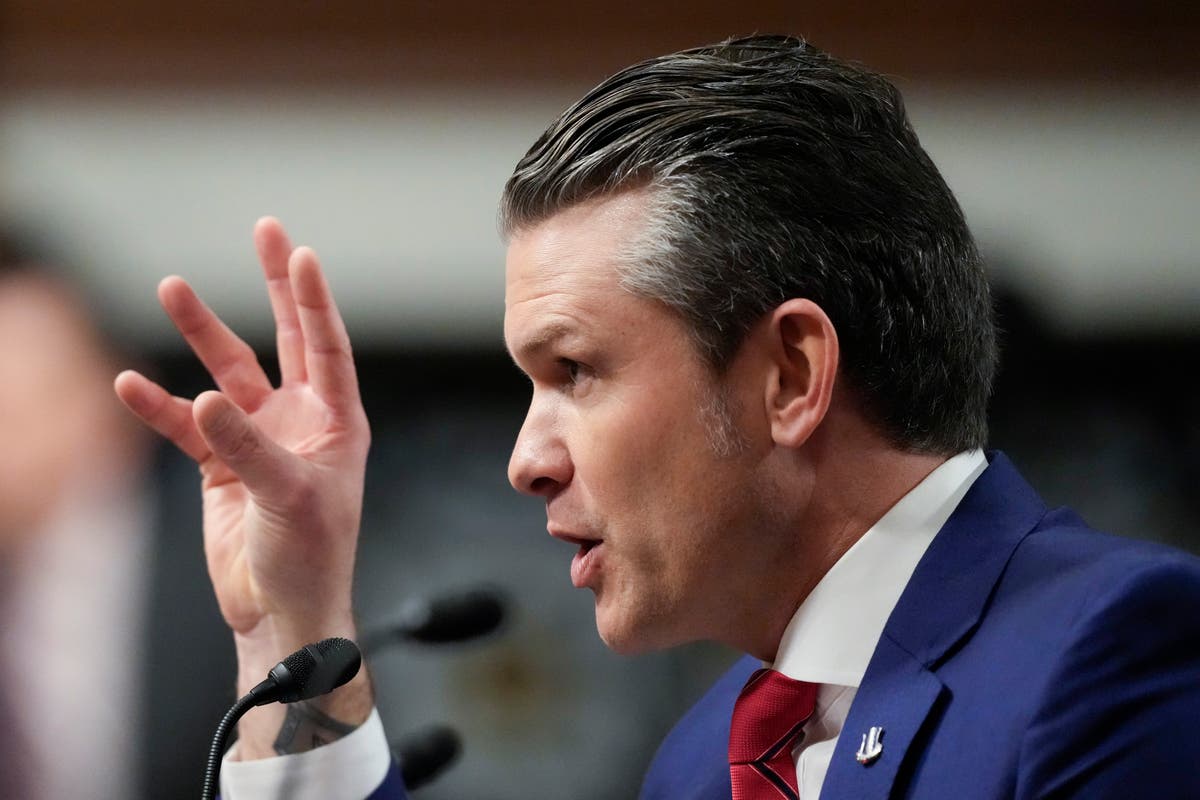
)


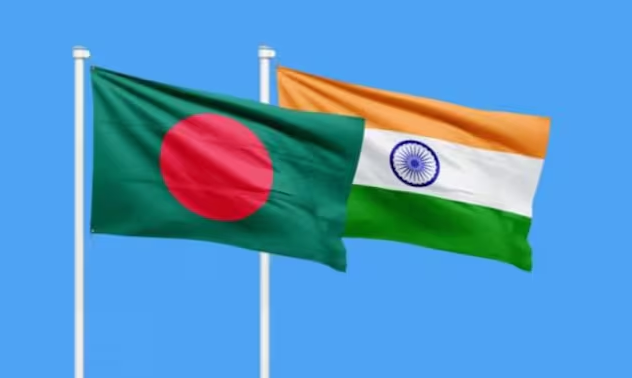
)

)
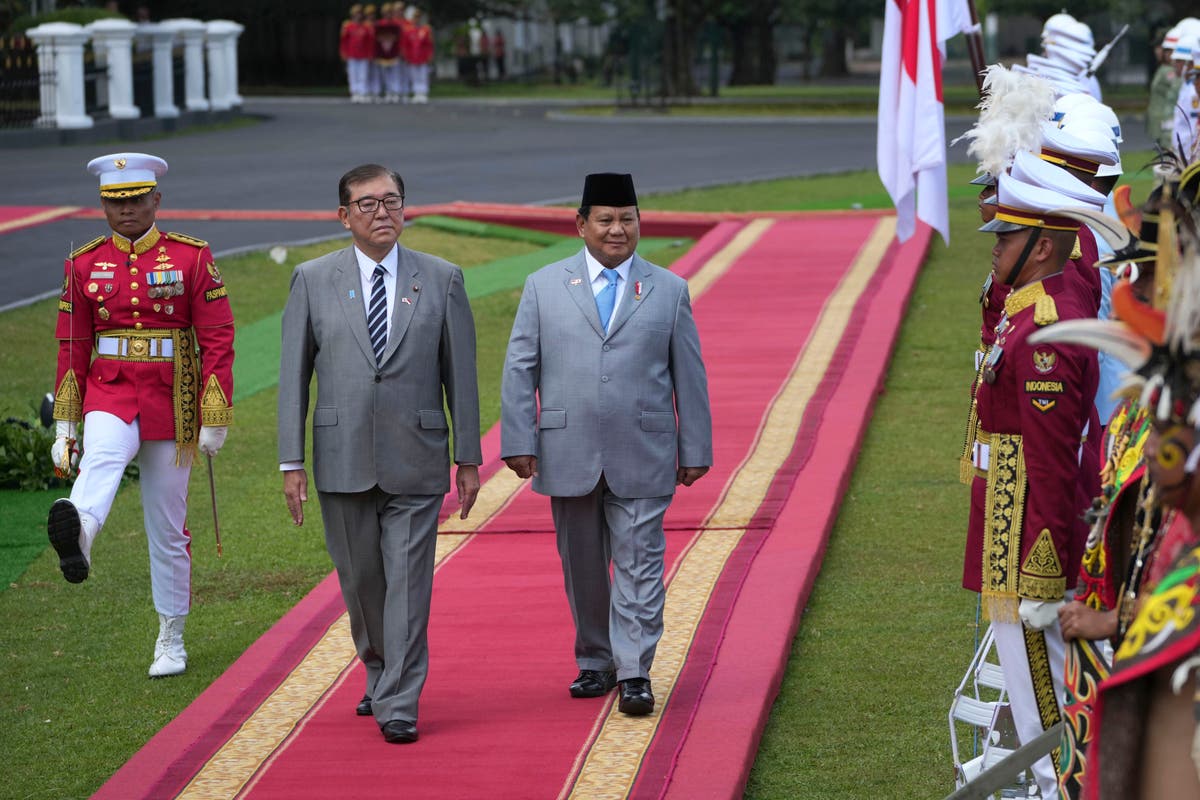




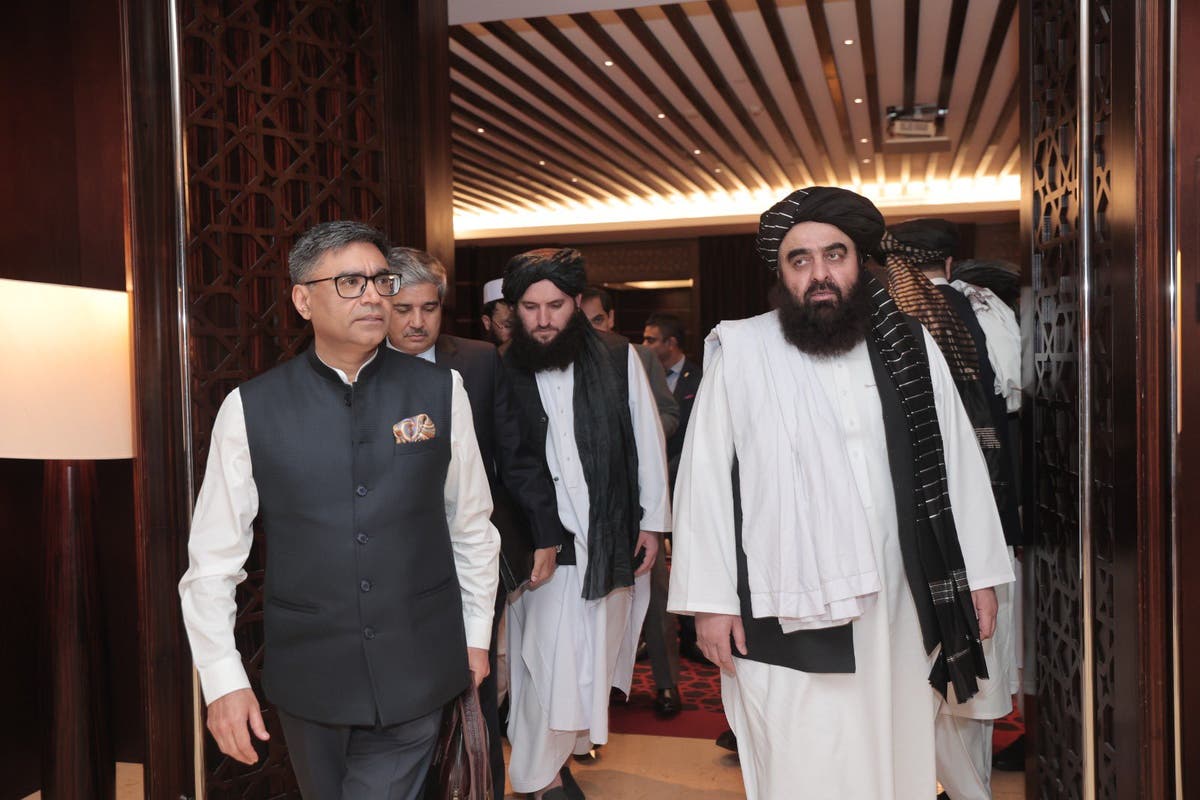
)
)




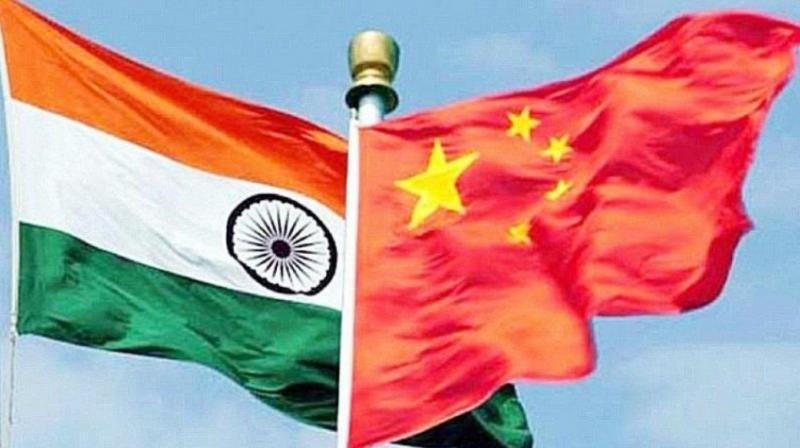

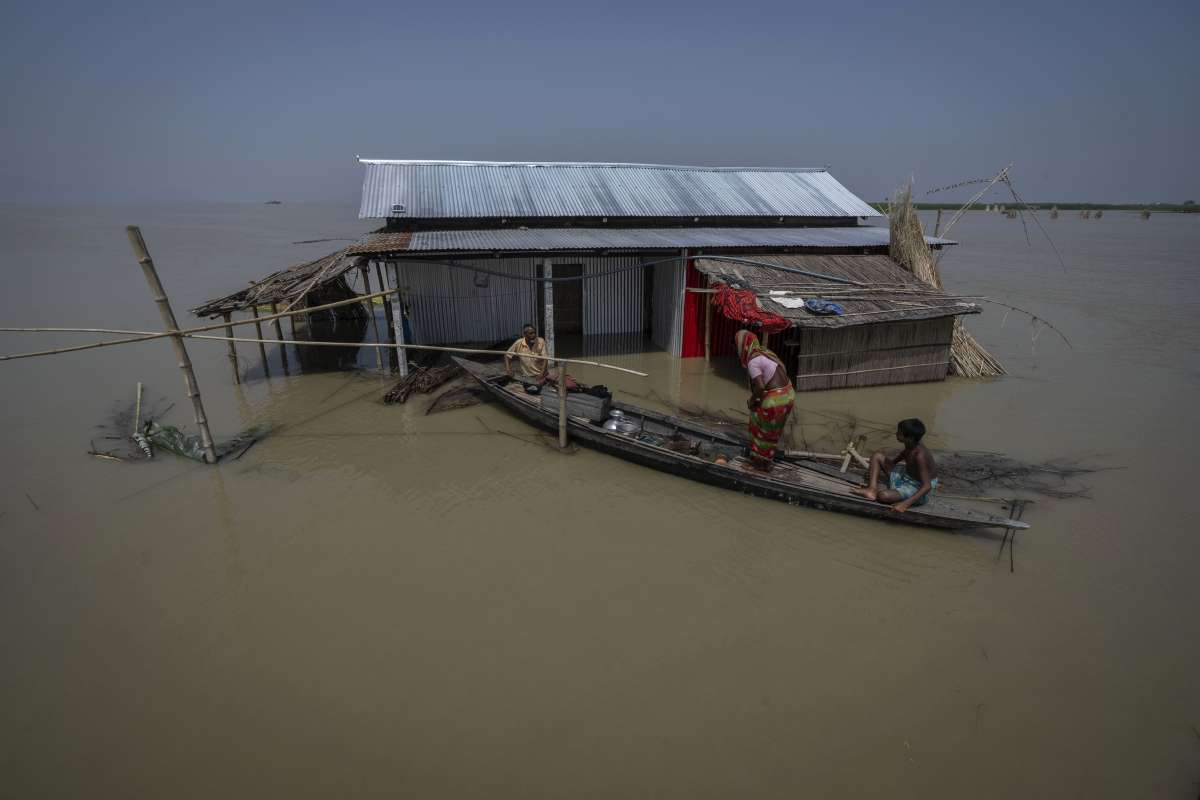



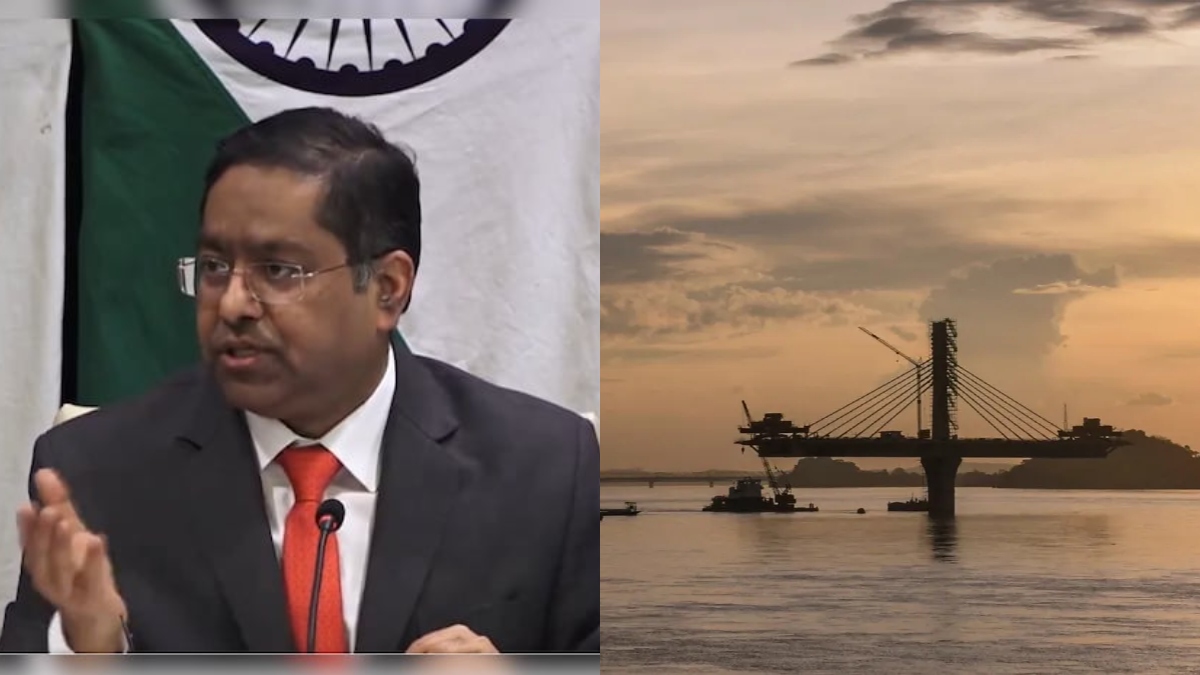
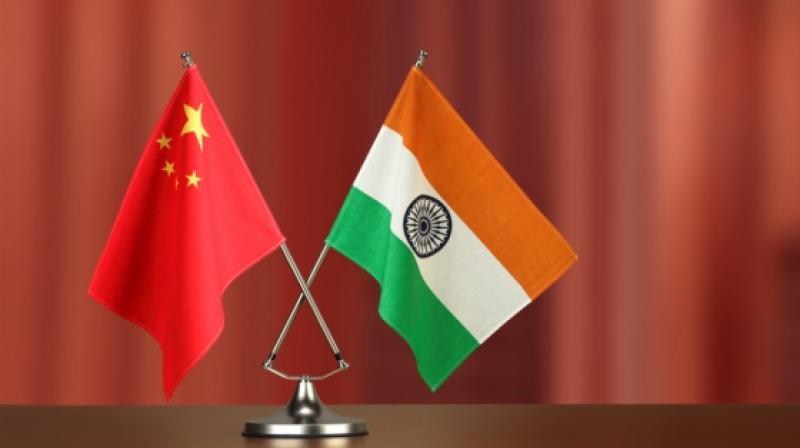
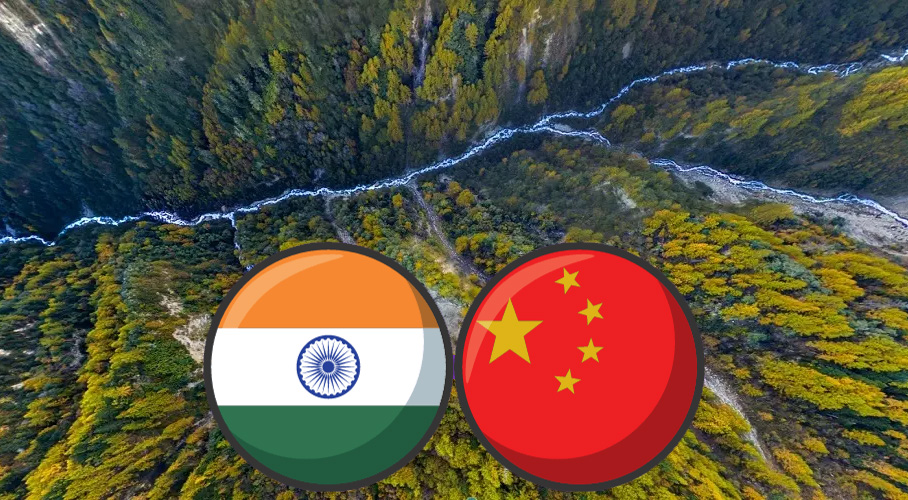



)





